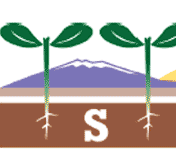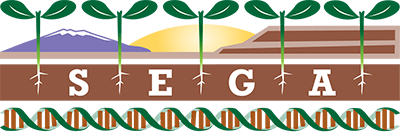You are here
Yuma (Cottonwood Macrosystems)

Yuma is one of three replicated common gardens planted comprising the NSF Macrosystems experiment. Fremont cottonwood trees (Populus fremontii) from 16 populations collected throughout Arizona were cloned and planted across a wide climatic and geographic gradient in 2014. This experiment was designed to examine the population and genotype-level variation in important traits expressed at a landscape scale as well as provide important riparian habitat for birds and wildlife.
Background: This is the hottest, southernmost common garden within the Macrosystems experiment. It is located at the terminus of the Colorado River on reclaimed agricultural land and is managed by the Bureau of Land Management.
Site Characteristics Table
Garden Name: Yuma
Land-owner management partner: Bureau of Land Management
County: Yuma, AZ
Latitude and Longitude: 32.85, -114.49
Nearest city: Yuma, AZ
Elevation: 49m
Annual Mean Air Temperature: Minimum 12.7C – Maximum 33.8C
Annual Mean Precipitation: 93mm
On-site manager: No
Overnight housing: No
Parent Material: Sand
Water source: Mittry Lake, Colorado River
Dominant vegetation type: Marsh
Theme by Danetsoft and Danang Probo Sayekti inspired by Maksimer
